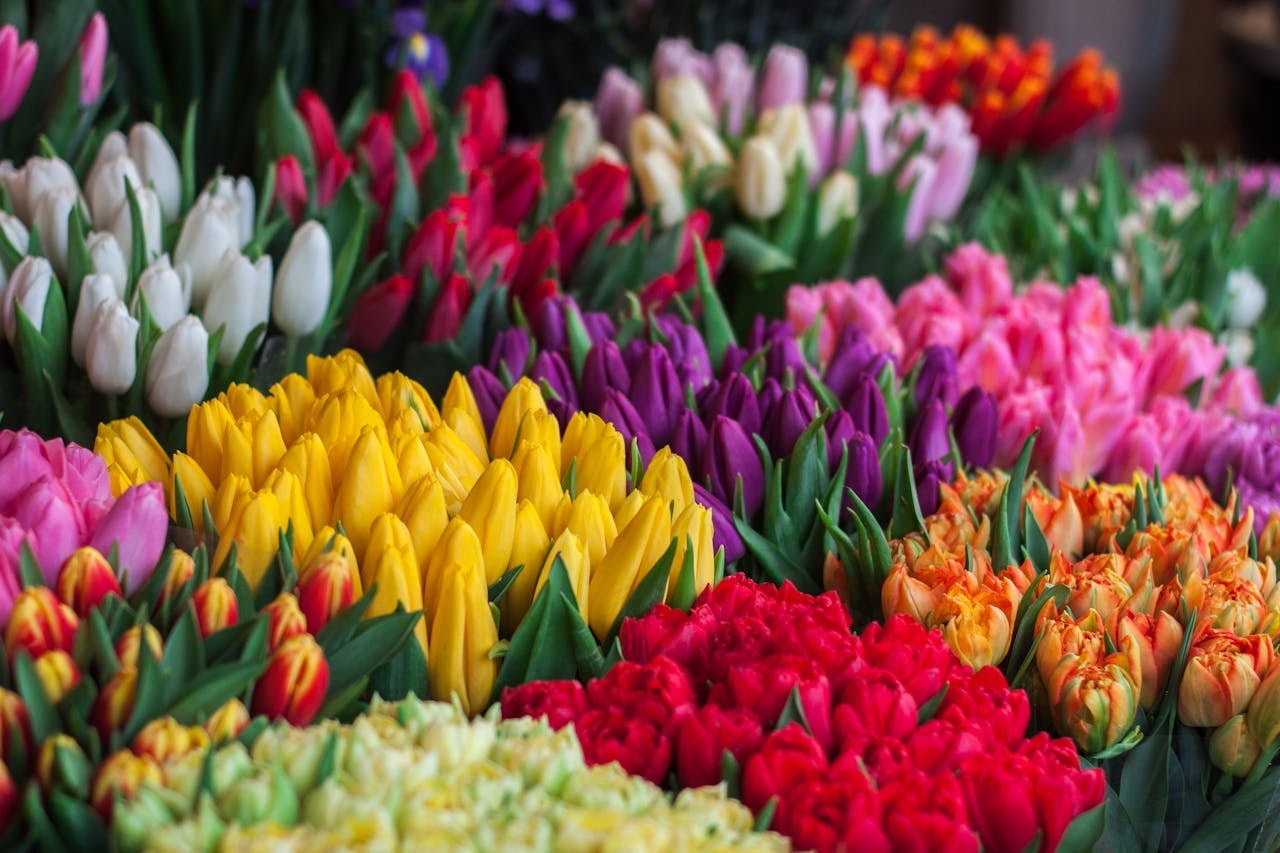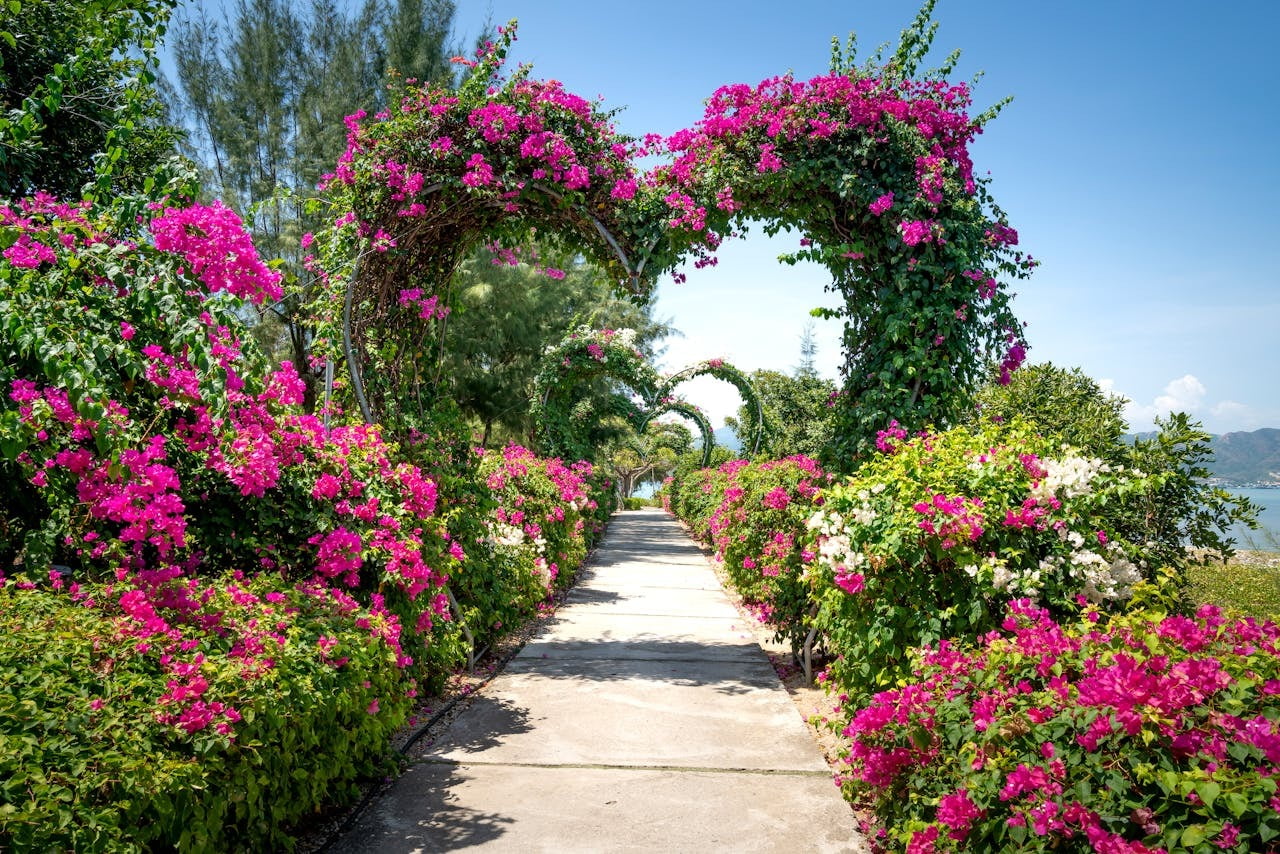Introduction
In a world of technical wonders and fast-paced life, the simple beauty of cut flowers is ageless and captivating. For millennia, these delicate, colorful blossoms have brought joy, comfort, and celebration across nations and generations. We'll discover the craftsmanship, emotions, and cultural importance that make these transitory blossoms as enduringly alluring as we explore the intriguing world of cut flowers.
The Art of Floriculture:
Floriculture, the technique of combining horticultural skill with a great eye for aesthetics, is at the heart of every bouquet. Floriculture is the growing of flowers for the purpose of cutting and arranging, producing a broad palette of colors, shapes, and smells. The journey of cut flowers begins with cultivation, from vast fields of wildflowers to painstakingly kept commercial flower farms.
A Symphony of Colors and Varieties:
Any flower shop will meet you with a symphony of hues and variations, each bloom conveying its own narrative. Roses, with their timeless elegance and love connotation, coexist with daisies' lively brightness. Lilies, tulips, orchids - the variety appears to be limitless. These carefully picked flowers, chosen for their endurance and vitality, create the foundation of elaborate floral arrangements that express volumes without saying a single word.
Cultural Significance:
Cut flowers are more than simply attractive decorations; they have cultural importance that transcends generations and continents. Flowers are used in rituals, festivals, and celebrations in many different civilizations. Flowers connect us to our roots and act as transmitters of cultural history, from cherry blossoms in Japan representing the fleeting essence of life to marigolds in Mexico adorning altars for the Day of the Dead.
Emotional Impact: Flowers and Well-Being:
Cut flowers have a deep influence on our emotions and well-being, in addition to their visual attractiveness. Flowers have been found in scientific research to increase mood, reduce stress, and even improve cognitive ability. The brilliant colors and calming smells engage the senses, creating a positive and serene ambiance. It's no surprise that flowers are frequently selected as gifts to communicate love, compassion, or simply to make someone's day brighter.
Economic Landscape of Cut Flowers:
Cut flowers' fascination extends beyond the worlds of art and emotion and into the economic environment. The worldwide flower industry is a fast-paced market that includes local producers, international exporters, and retail companies. Countries such as the Netherlands, which is famous for its flower auctions, and South American countries such as Ecuador and Colombia, which are known for their huge flower farms, both contribute heavily to the worldwide flower trade. The sector not only creates jobs, but it also boosts local economies.
Preserving Beauty: The Science of Flower Longevity:
While the beauty of cut flowers is fleeting, attempts are made to prolong their lives and keep them appearing as fresh as possible. Flowers are frequently plucked at the bud stage to allow for slow unfolding and hence maximize vase life. Post-harvest treatments, including as preservatives and conditioning solutions, supply nutrients and moisture. These procedures ensure that the beauty of cut flowers may be appreciated for a long time.
Environmental and Ethical Considerations:
As our understanding of environmental issues develops, so does our scrutiny of sectors that may contribute to environmental problems. The cut flower business is not immune to these concerns. Intensive farming techniques can cause environmental problems such as soil deterioration, water pollution, and pesticide use. As a result, there is a growing need in the flower business for sustainable and eco-friendly procedures. As customers grow more ecologically concerned, local and seasonal flowers, as well as organic farming methods, are gaining favor.
In the midst of modern life's hurry and bustle, cut flowers serve as a reminder of the beauty that may be discovered in simplicity. Their journey from fields and farms to the hands of trained florists and, eventually, to people's homes and hearts demonstrates the eternal fascination of blossoms. As we continue to value the creativity, cultural depth, and emotional effect of cut flowers, let us aim for a balance that respects both nature's beauty and our planet's health. In an ever-changing world, the everlasting beauty of cut flowers is a monument to humanity's enduring relationship with the natural world.




